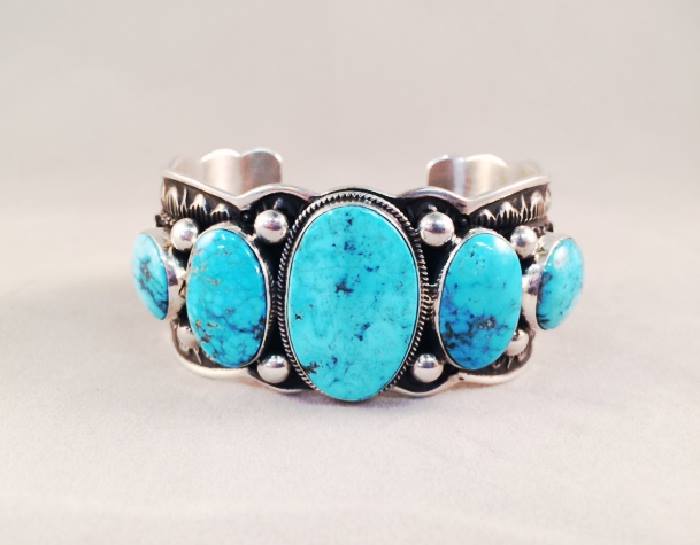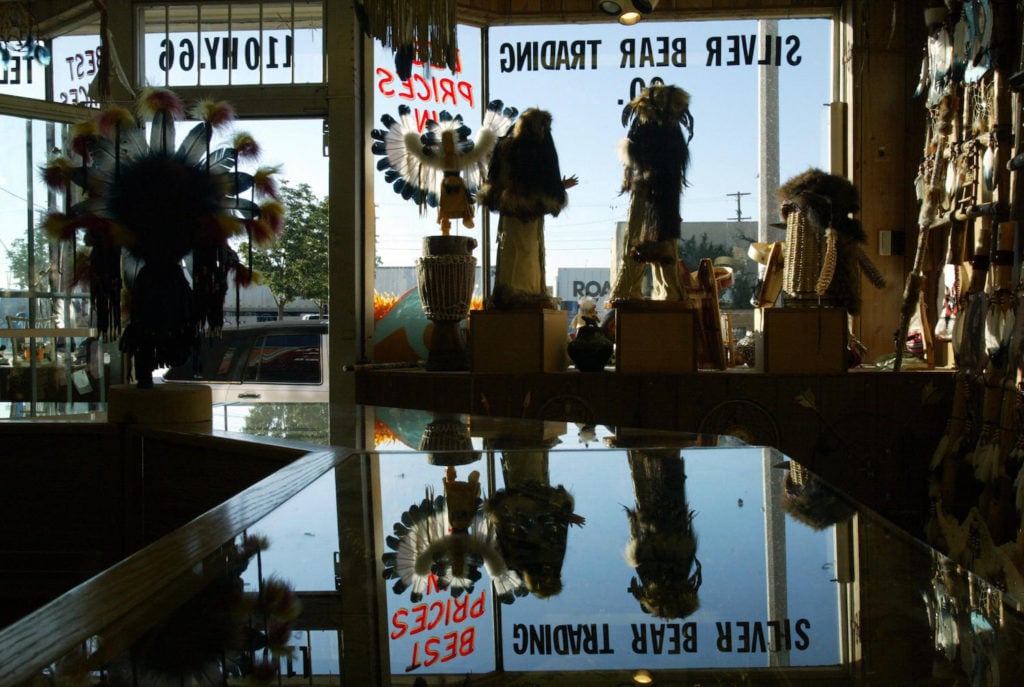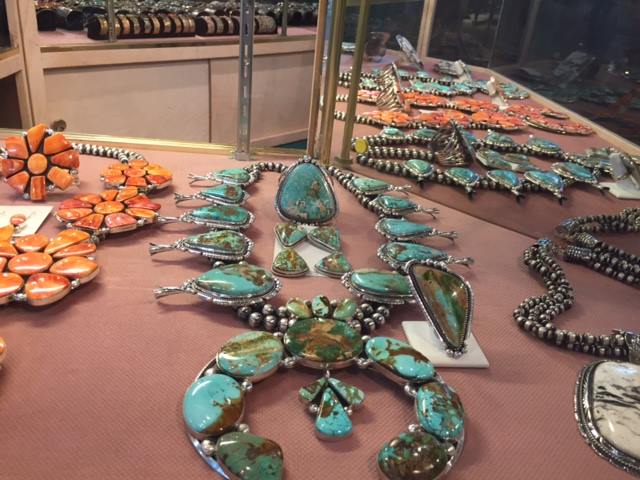Law & Politics
How Investigators Used Invisible Ink to Unmask the Largest-Ever Native American Art Fraud Conspiracy
The case could be a watershed moment in a long-overdue crackdown on fake Native American art.

The case could be a watershed moment in a long-overdue crackdown on fake Native American art.

Sarah Cascone

Law enforcement is finally cracking down on the scourge of counterfeit Native American jewelry, which has run rampant in the Southwest for decades. A watershed moment is set to arrive on March 27, with the sentencing of Albuquerque jewelry dealer Nael Ali, who has pleaded guilty to fraudulently selling “Native American” jewelry made in the Philippines.
“Our arts and crafts give us a really concrete way to stay connected to our culture and our history,” Navajo jeweler Liz Wallace told National Geographic. “All this fake stuff feels like a very deep personal attack.” Counterfeits also threaten Native craftspeople’s livelihoods with cheap, sweatshop goods that price out handmade originals. It’s an illegal industry that has gone largely unchecked—until now.
Ali and his middleman, Mohammad Manasra, were the first jewelry dealers ever to be charged with violating the Indian Arts and Crafts Act, which since 1935 had made it a federal crime to misrepresent artwork as being Native American-made. First-time violators can face fines of up to $250,000 and five years in jail. At sentencing, Ali could be the first person sent to prison under the law.

A New Mexico store dedicated to Native American crafts and jewelry, run members of the region’s large Palestinian community. Photo courtesy of Robyn Beck/AFP/Getty Images.
Ali’s arrest was part of Operation Al Zuni, an Office of Law Enforcement for the Southwest Region of the US Fish and Wildlife Service investigation. Begun in 2012, it targeted Al Zuni Global Jewelry, which bills itself as the “largest wholesaler of Indian jewelry.”
Now, investigators have identified two companies—both of which Ali identified as his suppliers—as operating what amounts to the largest-ever Native American art fraud conspiracy in history. Both organizations are run by Palestinian families and import counterfeit Native American goods manufactured in factories in the Philippines.
The two networks are the Sterling Coalition, run, like Al Zuni, by members of the Khalaf family, and the Aysheh brothers. The Khalafs, led by Nashat Khalaf and his brothers, have been in the business of Native American artwork since 1972, their success leading many other Palestinians to join the market. According to Nat Geo, a Department of the Interior investigator was informed of Al Zuni’s activities as early as 1994, but law enforcement didn’t raid New Mexico jewelry stores until 2015.

A photo on the Facebook page for Al Zuni Global Jewelry Wholesale, which stands accused of manufacturing counterfeit Native American goods in the Philippines to import and illegally sell in the US. Photo courtesy of Al Zuni Global Jewelry Wholesale.
In 2012, Fish and Wildlife Service special agent Russell Stanford intercepted a shipment from the Khalafs’ overseas factories and marked the jewelry with invisible ink, only to send the package on its way. Stanford later went undercover at Nael Ali’s Albuquerque store, where his purchases, viewed under ultraviolet light, revealed the secret markings.
That breakthrough led, eventually, to the raid and Ali’s landmark guilty plea. Four of the Aysheh brothers were charged last February, with a trial scheduled for October. Investigators have accused the Khalafs in affidavits filed in connection with search warrant applications, but have yet to file charges against members of the family. Investigators estimate that one of their companies, Sterling Islands, imported $11.8 million in contraband jewelry in the five years leading up to the raids. Both families deny selling fraudulent goods.